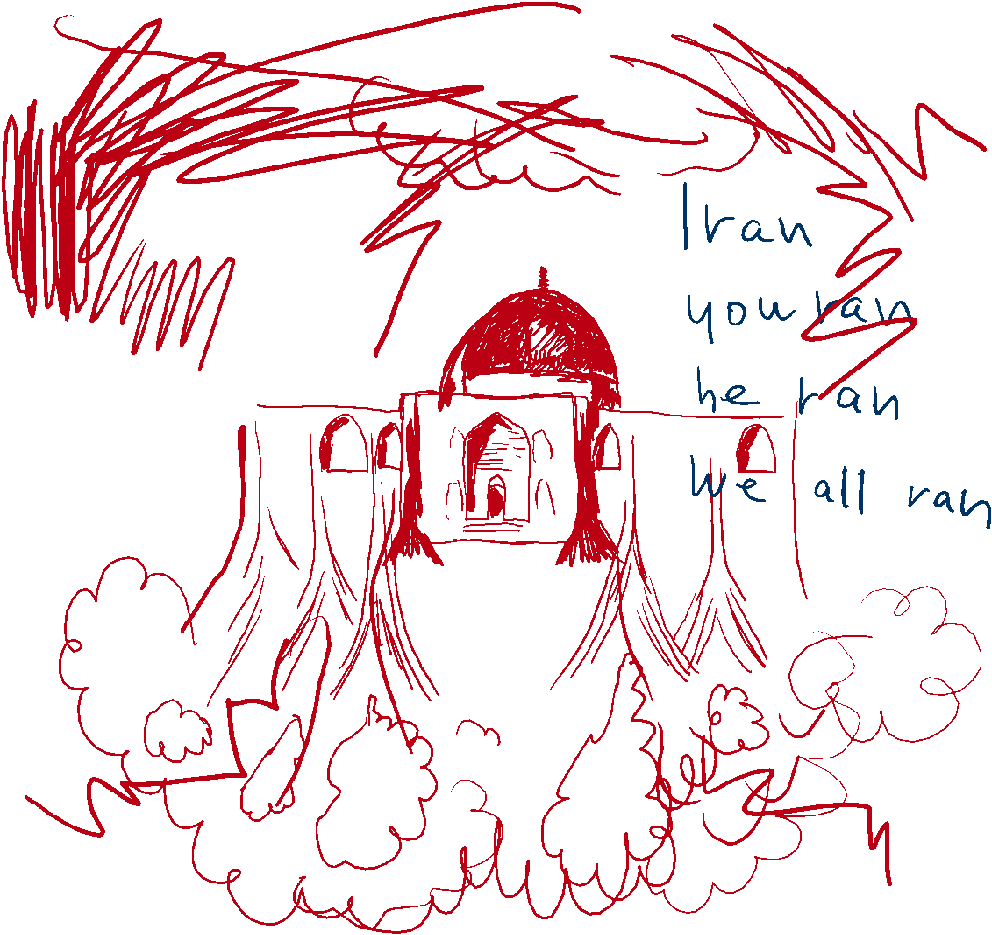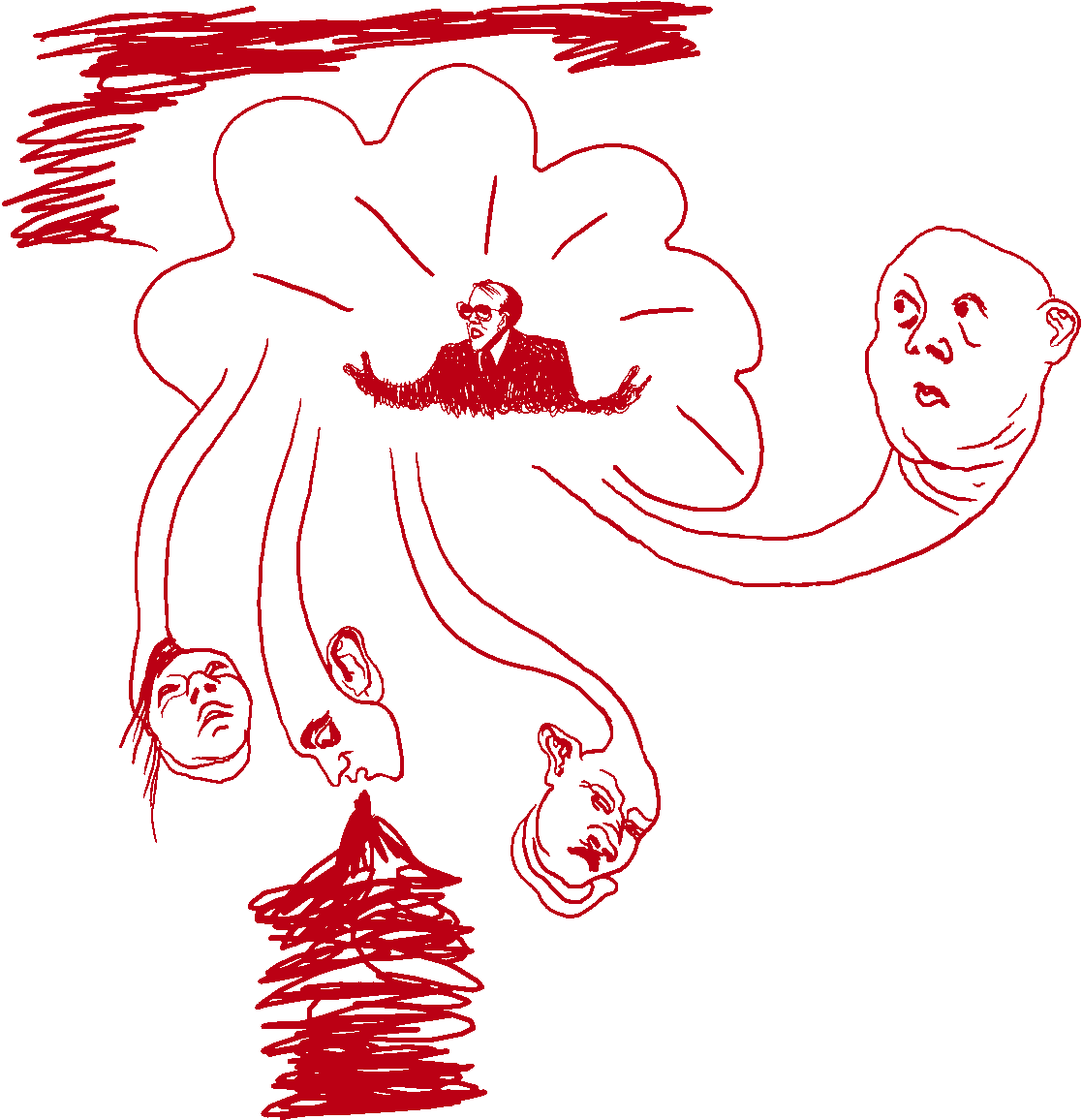
The Almighty Kay Gee, of the hip-hop group the Cold Crush Brothers, performs in New York in 1981. Joe Conzo's photography is considered a huge inspiration for the aesthetic of the Netflix series "The Get Down," which tracks the early stages of hip-hop music. "This was pre-Internet, pre-social media, pre-everything," Conzo said.

A close-up of Charlie Chase on the turntables in 1981. Club Negril, a reggae club downtown, would have hip-hop night once a week. Conzo is part of a collective of photographers -- "Seis del Sur" (loosely translated, "Six of the South") -- who all grew up in the Bronx. Catherine Martin, the fashion director of "The Get Down," sat down with the collective and used Conzo's shots as reference pieces for the series, he said.

JDL, another member of the Cold Crush Brothers, is considered one of the first "hype men" of hip-hop. "As the group's photographer, I used to print up posters and pictures, and we used to throw them out to the crowd," Conzo recalled.

KK was part of the Cold Crush Brothers' security team. He's related to DJ Tony Tone, a founding member of the group. In the background is the famous space mural at the Harlem World club in New York.

A woman walks down a street two blocks from Yankee Stadium in 1980. "I'm capturing the moment, I'm capturing my scenery, I'm capturing my surroundings," Conzo said. "It wasn't a narrative where I had to tell a story. I was just into the moment, so to speak. I knew I had a story to tell."

The Hub in 1982. The Hub is the name given to the intersection of Third Avenue and 149th Street, which would commonly host jam festivals in the summertime.

Chiquita, one of Conzo's closest friends, poses atop the roof where he lived. "She made all of her clothes," he said, "so that's one of her tops that she cut up and made herself."

Money Ray ended up being the fifth member of the Cold Crush Brothers.

JDL performs at Harlem World. "I was into disco, and I was kidnapped into hip-hop and I've been held hostage for the last 40 years," Conzo said. "And to hear these MCs speak about my neighborhood in a way that you can identify with was so cool."

The Cold Crush Brothers, along with the Treacherous Three, went to Norman Thomas High School and performed on this packed Circle Line boat for their senior class trip in 1982. Tape Master, center, is credited with recording all the early recordings of hip-hop, especially those of the Cold Crush Brothers, Conzo said. "If he didn't have the foresight to record these sessions, they would have been lost."

A person waits for the subway at 96th Street Station in 1981. "I guess I took it because it was a rare shot of a clean train with no graffiti," Conzo said. "It was very rare in those days to see an actual clean train. We used to call them the white ghosts. I can guarantee you that by the end of the night that train had graffiti on it."

A clerk at a botanica, a store that sells religious artifacts, in 1981. "People used to walk in and buy crosses, beads, lotions, potions, this that and the other," Conzo said. "They're not as common as they were when I was growing up, but you can still find them."

The Cold Crush Brothers perform at the Dixie Club during the filming of the 1983 film "Wild Style." Conzo said "these are still friends of mine today."

Conzo's friend Alice dances at the first jam he ever attended in 1976. He was invited by Tony Tone and Easy A.D. to take pictures of the group they were putting together that would become the Cold Crush Brothers. "It wasn't even called hip-hop yet," he said.

Tony Tone, left, and DJ Kool Herc pose backstage at T-Connection in 1979. Kool Herc, is often called the father of hip-hop music. "He hates that picture because his tongue is sticking out," Conzo said.

A "popper" dances at the Roseland Ballroom in 1982. "This is one of my most iconic pictures," Conzo said. "In this shot, my flash did not go off. So I got the silhouette of the guy. Some of my most iconic shots were mistakes. That's the great thing about analog film photography."

JDL at Harlem World in 1981. "I didn't know my photographs would be so iconic years forward," Conzo said. "I documented my scenery, and the guys said that we're starting this thing called hip-hop."

KK on a motorcycle in 1981. "Those were all iron-on letters, which was a big thing back then," Conzo said. "You wanted to be part of a group, you'd get a sweatshirt, go to a five-and-dime store and get these iron-on letters. And you'd lay it out, iron them on and show your allegiance to whoever you were down with."

An aerial shot from the roof of Conzo's building, looking northwest on 149th Street in 1980. "The scenery's changed a lot since then," he said.

During the 1980s, the government released a lot of its government surplus cheese. United Bronx Parents, an organization established by Conzo's grandmother, received pallets upon pallets of this cheese. "Cheese was on the menu for a long time when this cheese was given out," he said.

A man sits on a stoop at Third Avenue and 149th Street.

A fire burns in the Bronx in 1980. "I grew up in a time period where the Bronx was burning, so to speak," Conzo said. "It's so funny how a lot of my images are of firefighters putting out fires in my neighborhood, and I end up working for the fire department 30 years later."

The Cold Crush Brothers and director Charlie Ahearn signs the contract for "Wild Style" in 1982. "They still receive royalty checks today, but I think they got like 5 cents and had to split it five different ways," Conzo said. "But they still get a check. And Charlie's actually good people."

The Cold Crush Brothers attend a studio photo session in 1981. "I tried my hands in studio photography," Conzo said. "This was on a weekend at my grandmother's office. She'd give me the keys, and I'd tape background paper against the wall and take studio shots of the Cold Crush Brothers."

Grandmaster Caz raps at Harlem World in 1981.

Nilda "Tiny" Arroyo and Jungle Herman hang out at the Michelangelo Apartments. Tiny's mother, Carmen Arroyo, was the first Hispanic woman elected to the New York State Assembly.

Run-D.M.C. opens for the Cold Crush Brothers at the Roxy in 1982. During the week, the Roxy was a roller skating rink, and on weekends it was a nightclub.

A boy fishes for coins in a gutter in 1977. "We used to take rope, put a weight on the end of it with some gum, and lower it into subway grates or sewers to pick up quarters, dimes, whatever we could find," Conzo said.

Charlotte Street in 1980. This devastated area exemplified urban decay in the Bronx. "It was the poster child of the South Bronx," Conzo said. "It was so bad that Hollywood used to come make movies over there because it reminded them of bombed-out Berlin."




